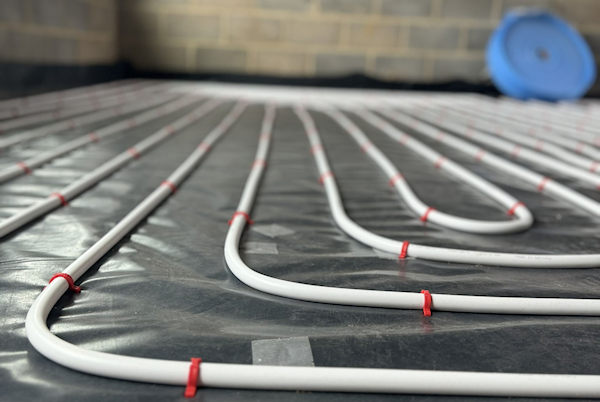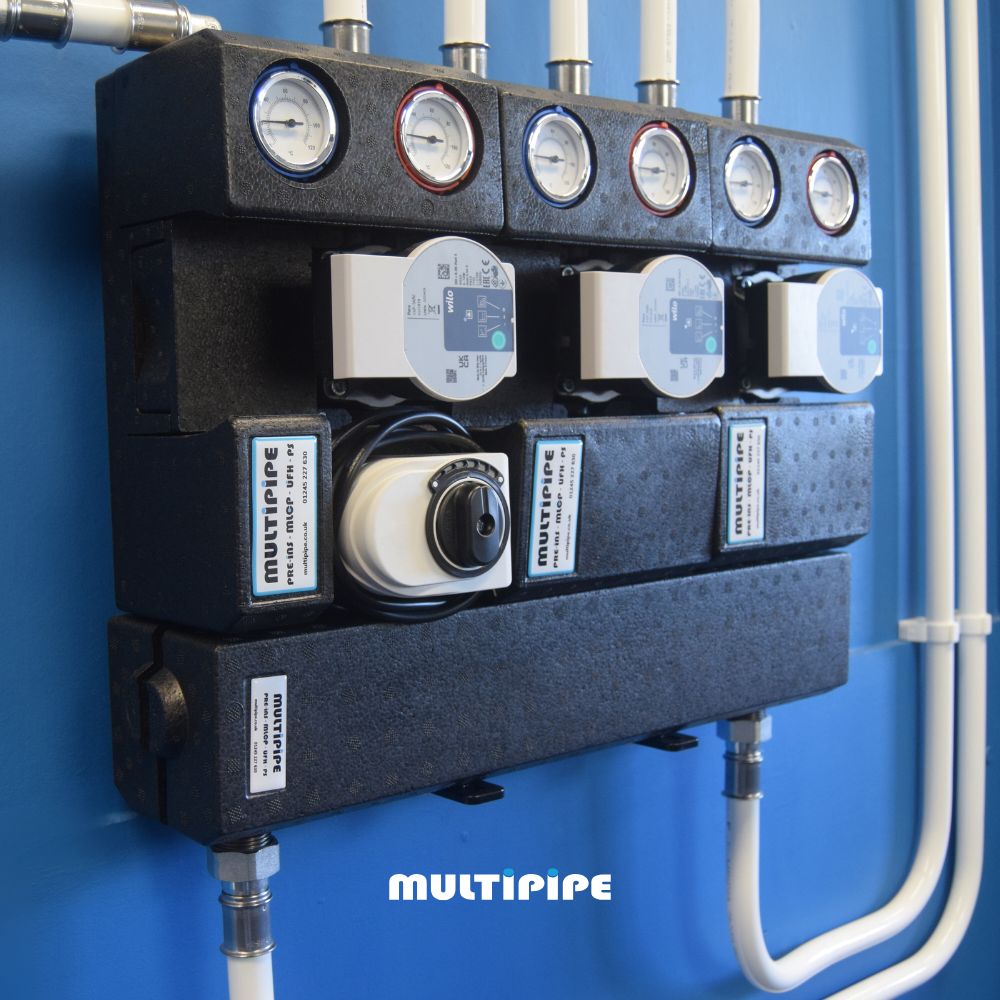
Underfloor Heating Systems and Cold Weather – Why aren’t I Warm Enough?
Whilst we’re all dreaming of warm summer days and the easier jobs that seem to come, there’s no doubt that the dreaded cold weather is good for business. We have developed a love/hate relationship with freezing conditions as an industry. On the one hand, it’s good to be busy and get the money rolling in, and on the other hand, there are frozen pipe emergencies and unrealistic customer expectations.
Can we ever win?
Over the years, I’ve noticed that many customer calls I receive have similar points regarding underfloor heating. Why aren’t I warm enough? Why isn’t my system heating the house like I thought it would? I understand the customer’s frustration. They have invested in a system and want it to perform – it’s not unreasonable to want to be a toasty warm 25°C degrees inside whilst it’s -6°C outside, is it? I’m sure, like me, you are secretly rolling your eyes at the thought of explaining that modern underfloor heating systems are excellent at generating high heat outputs but don’t have infinite capacity like every other heat emitter. They are influenced not only by how well they are installed. But also by the type of house in which they are installed in.
The current trend for new-build constructions aiming to achieve a net-zero carbon footprint means that these new buildings could heat a whole home by a candle. Okay, it’s an exaggeration, but you know what I mean. However, there is a big difference between these new builds and a ‘normal’ British home. Most owner-occupied dwellings in England were constructed in 1980 or before, and as of 2019, more than three million owner-occupied houses were built before 1919. That means that most homes in the UK could lack the insulation that will allow the newly installed underfloor heating system to meet the homeowners’ expectations. To help you overcome any challenges you might encounter, I’ve listed below a couple of helpful tips to help you explain to a customer the limits of a ‘normal’ house and its underfloor heating system.
1. The Heat Loss.
Depending on how involved you get with a job, we always recommend that heat loss is assessed and carried out for each property. Implementing current industry guides and best practices will not work on a pre-1950s property due to the nature of construction.
There are some amazing software and apps now that can help you. Like:
https://www.heat-engineer.com/
2. All Heating Has Limits.
Reminding customers that a system has been sized to operate in a way that mitigates the heat losses from their property based on a particular outdoor temperature is important. However, suppose the actual external temperature drops well below that used in the calculations. In that case, the UFH system may not maintain, and certainly not increase, the indoor temperature past a base temperature.
3. UFH Is Best Left On In Winter.
Our previous article, “How You Should Run Your UFH System” can be used to help explain the benefits of running a UFH system. But keeping your UFH system on at a constant temperature is always going to be more efficient than turning it on and off.
4. The Heat Source.
The most significant issue we see with an air source heat pump (ASHP) is the unit freezing in cold weather. This is because the potential energy outside is limited (by the cold temperatures), meaning that when we put a massive load into it, like when we try to run a system from cold (see point 3.). The unit can go into a defrost cycle. The air source heat pump starts using your generated energy to defrost itself. Again, this hits home with the importance of the article above and running the system constantly, especially on ASHP. Remember that an ASHP and UFH might not be the right decision for high heat-loss houses.
If you’ve any more questions about underfloor heating systems and cold weather or need help specing the right system. Our technical team are always here to help you out. Call us on 01245 227630











